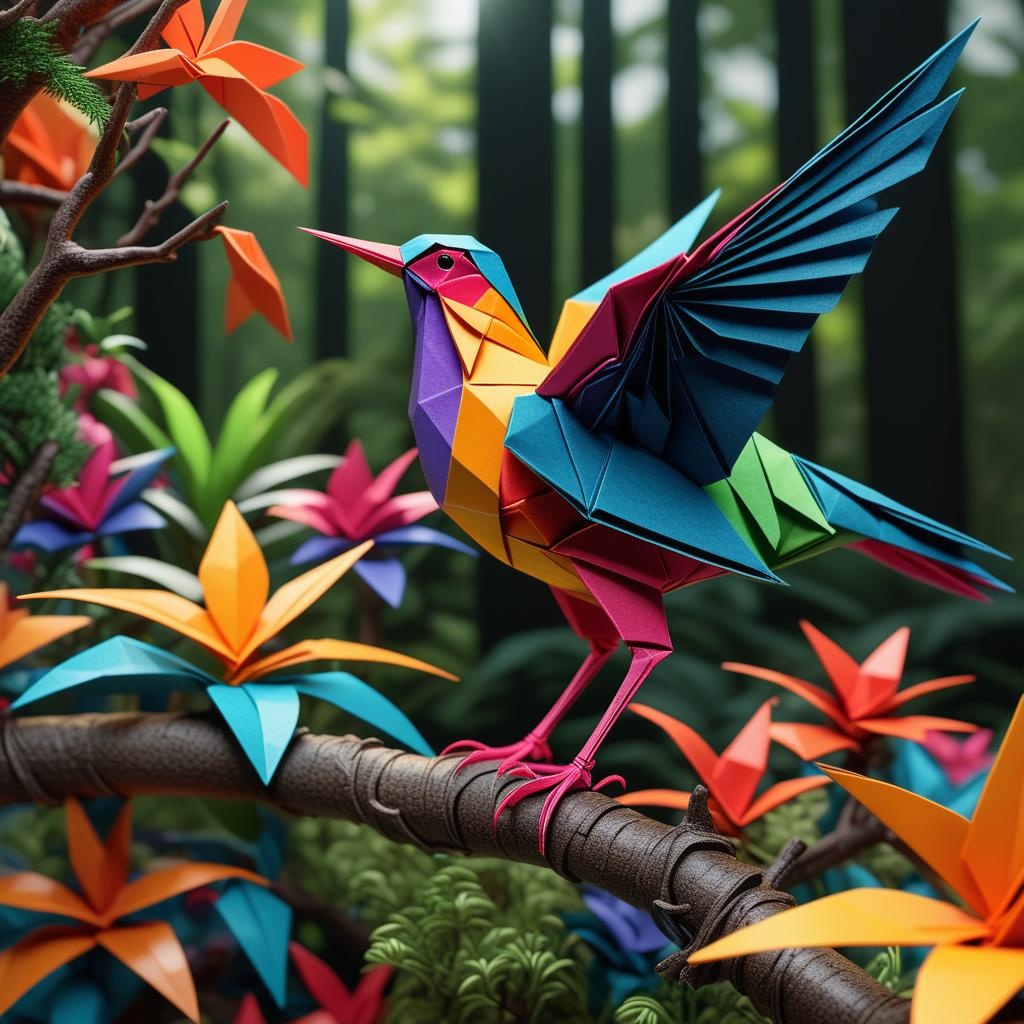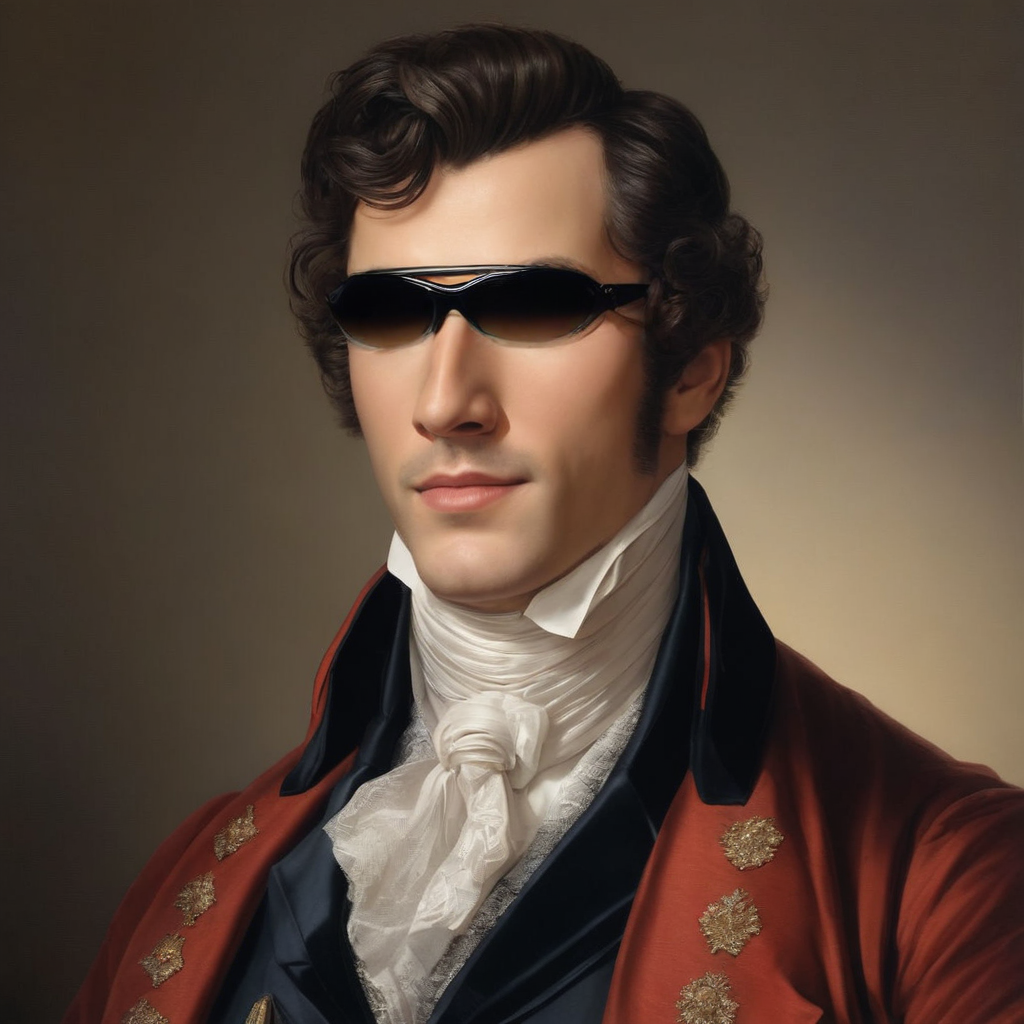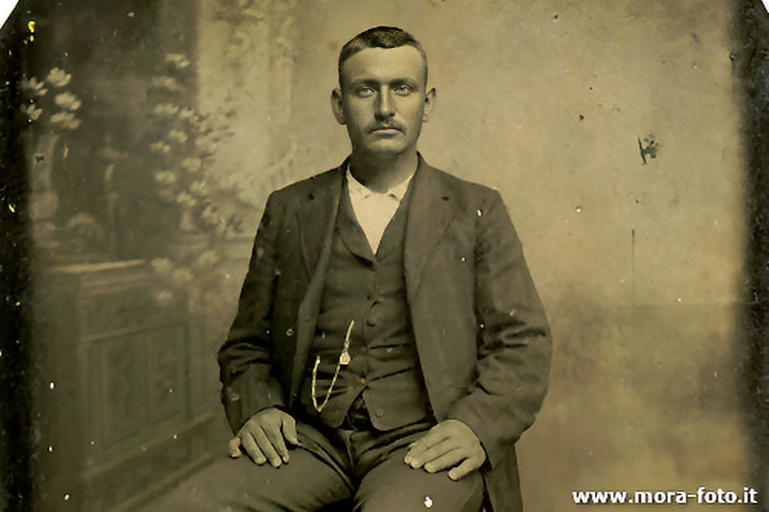RPG
This model corresponds to the Stable Diffusion RPG checkpoint for detailed images at the cost of a super detailed prompt
API
If you're looking for an API, you can choose from your desired programming language.
1
2
3
4
5
6
7
8
9
10
11
12
13
14
15
16
17
18
19
20
21
22
23
24
25
26
27
28
29
30
31
32
33
34
35
36
37
38
39
40
import requests
import base64
# Use this function to convert an image file from the filesystem to base64
def image_file_to_base64(image_path):
with open(image_path, 'rb') as f:
image_data = f.read()
return base64.b64encode(image_data).decode('utf-8')
# Use this function to fetch an image from a URL and convert it to base64
def image_url_to_base64(image_url):
response = requests.get(image_url)
image_data = response.content
return base64.b64encode(image_data).decode('utf-8')
# Use this function to convert a list of image URLs to base64
def image_urls_to_base64(image_urls):
return [image_url_to_base64(url) for url in image_urls]
api_key = "YOUR_API_KEY"
url = "https://api.segmind.com/v1/sd1.5-rpg"
# Request payload
data = {
"prompt": "warrior, warhammer 40k, space marine, intricate ornamented, Smoke Gray Aluminum Beige armor, adepta sororitas, dynamic posture, Alpine desert landscape background, volumetric cinematic lighting, (highly detailed skull:0.8), realistic reflections, cinematic composition",
"negative_prompt": "boring, poorly drawn, bad artist, (worst quality:1.4), simple background, uninspired, (bad quality:1.4), monochrome, low background contrast, background noise, duplicate, crowded, (nipples:1.2), big breasts",
"scheduler": "ddim",
"num_inference_steps": 25,
"guidance_scale": 9,
"samples": 1,
"seed": 2601738487234,
"img_width": 512,
"img_height": 768,
"base64": False
}
headers = {'x-api-key': api_key}
response = requests.post(url, json=data, headers=headers)
print(response.content) # The response is the generated imageAttributes
Prompt to render
Prompts to exclude, eg. 'bad anatomy, bad hands, missing fingers'
Type of scheduler.
Allowed values:
Number of denoising steps.
min : 20,
max : 100
Scale for classifier-free guidance
min : 0.1,
max : 25
Number of samples to generate.
min : 1,
max : 4
Seed for image generation.
Width of the image.
Allowed values:
Height of the Image
Allowed values:
Base64 encoding of the output image.
To keep track of your credit usage, you can inspect the response headers of each API call. The x-remaining-credits property will indicate the number of remaining credits in your account. Ensure you monitor this value to avoid any disruptions in your API usage.
Resources to get you started
Everything you need to know to get the most out of RPG
RPG V4
The RPG V4 model is a highly specialised model designed to generate and understand attributes and elements related to Medieval and Role Playing Game characters. This includes a wide range of elements such as heavy armor, leather armor, mage cloaks, and more. The model has been trained using original work created with tools like Unreal Engine, custom editing, IMG2IMG painting, and MidJourney. It has a unique understanding of artist names and styles, and can generate content with a bias towards 'women'. RPG V4 does not use trigger words and can be used for landscapes, clothing, characters, and objects. It has been trained on hundreds of concepts and styles over four months using exclusively original content.
The RPG V4 model operates on a stable diffusion framework and uses SD 1.5 as it's base model. It has been extensively trained on various clothing and fabric details, with a particular bias towards floral-like patterns, including flowers, leaves, and feathers. The model works well with the StylePile extension, which can help users experiment with shading and rendering styles. The optimal CFG for RPG V4 is 3/4.5/6 with optimal steps set at 50/75/150. It also works well with Img2img flows.
The RPG V4 model offers several advantages. It is highly specialised in generating and understanding RPG and Medieval character attributes, making it a valuable tool for game developers and artists. The model's ability to understand artist names and styles allows for a wide range of creative outputs. It also has a bias towards 'women', making it a unique tool for creating female characters. The model's extensive training on various concepts and styles allows it to generate a wide range of outputs, from landscapes to clothing to characters.
RPG V4 use cases
- •
Game Development: RPG V4 can be used to generate character designs and concepts for RPG and Medieval-themed games.
- •
Artistic Creations: Artists can use RPG V4 to generate unique character designs and concepts, especially those with a bias towards 'women'.
- •
Fashion Design: With its extensive training on clothing and fabric details, RPG V4 can be used to generate unique clothing designs, especially those with floral-like patterns.
- •
Storytelling and World Building: Writers and storytellers can use RPG V4 to generate character concepts and world elements for their stories.
- •
Education and Research: RPG V4 can be used in educational settings to help students understand the elements of RPG and Medieval character design. It can also be used in research to study AI's ability to generate creative outputs.
RPG V4 license
The license for the RPG v4 model, known as the "CreativeML Open RAIL-M" license, is designed to promote both open and responsible use of the model. You may add your own copyright statement to your modifications and provide additional or different license terms for your modifications. You are accountable for the output you generate using the model, and no use of the output can contravene any provision as stated in the license.
Other Popular Models
Discover other models you might be interested in.
sdxl-img2img
SDXL Img2Img is used for text-guided image-to-image translation. This model uses the weights from Stable Diffusion to generate new images from an input image using StableDiffusionImg2ImgPipeline from diffusers

faceswap-v2
Take a picture/gif and replace the face in it with a face of your choice. You only need one image of the desired face. No dataset, no training

sdxl-inpaint
This model is capable of generating photo-realistic images given any text input, with the extra capability of inpainting the pictures by using a mask

codeformer
CodeFormer is a robust face restoration algorithm for old photos or AI-generated faces.
